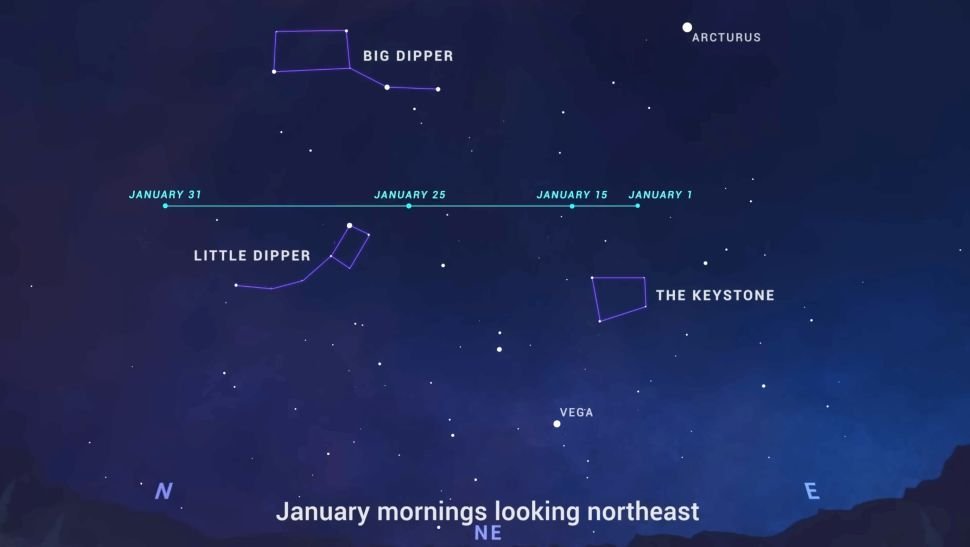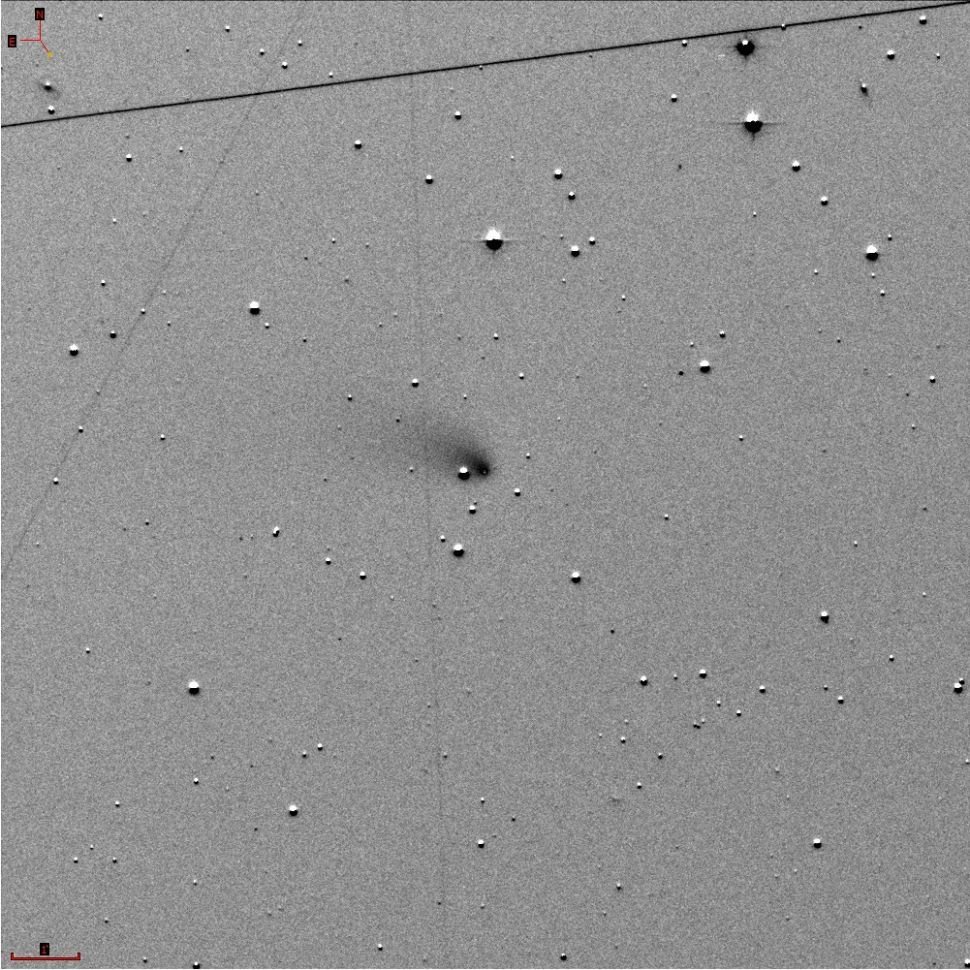The green comet C/2022 E3 (ZTF) will reach to shortest distance from Earth on the first day of February. This comet’s last visit was 50,000 years ago.
Source: Live Science
Stargazers have been following the comet’s path for weeks now and got a particularly good look at it on Jan. 12, when the comet made its closest approach to the sun (a phenomenon called perihelion).
The path of green comet

When astronomers first detected C/2022 E3 in March 2022, the comet was racing through the solar system around 399 million miles (642 million km) from the sun, or just within the orbit of Jupiter. Even though the object was faint — about 25,000 times fainter than the dimmest stars visible to the naked eye, according to Live Science’s sister site Space.com — the researchers soon made out a distinct tail, or coma, proving the object was indeed a comet rather than an asteroid. (Asteroids are rocky objects, while comets are made of ice and dust particles that gradually vaporize as the comet approaches the sun, creating a visible trail. Both types of objects orbit the sun.)
By Jan. 12, 2023, the comet had zoomed nearly 300 million miles (482 million km) closer to Earth, becoming visible in the night sky near the northern constellation Corona Borealis. From there, it has continued moving westward across the sky.
By Feb. 1, when the comet makes its closest approach to Earth, it will appear near the constellation Camelopardalis, not far from the Big Dipper.
On this day, the comet will at 42 millions of km (around 26 millions miles) from Earth.
A few days later, on Feb. 5 and 6, the comet will pass across the night sky to the west of the star Capella and then seem to enter the constellation Auriga. From there, it will descend toward Taurus, becoming ever dimmer as it moves away from Earth, back out toward the edge of the solar system.
Prior to the comet’s recent jaunt near our sun, C/2022 E3’s orbit took it far beyond our solar system for roughly 50,000 years. Astronomers aren’t sure exactly how far the comet will travel after leaving Earth behind this time, but the consensus seems to be that C/2022 E3 is on course to leave our solar system entirely.
After that, humans may never see it again: The latest calculations suggest that the comet is moving on a parabolic orbit, meaning it is not bound to our solar system and is unlikely to come near it ever again, according to Space.com. It’s possible that the gravity of some unknown deep-space object could alter the comet’s orbit slightly, putting it back on a course that runs through our solar system. But if this happens, it will still likely be millions of years before C/2022 E3 has another close encounter with Earth.
Viewing the green comet

When the comet swoops past Earth on Feb. 1, it will be about as bright as the dimmest stars in the night sky. However, the comet will not look like a sharp, pointed star but rather a diffuse, glowing blur that may spread its light over an area as large as the full moon.
Why is C/2022 E3 green?
The comet itself isn’t green, but its head does appear to glow green thanks to a somewhat rare chemical reaction. The glow likely comes from diatomic carbon (C2) — a simple molecule made of two carbon atoms bonded together. When ultraviolet light from the sun breaks this molecule down, it emits a greenish glow that can last for several days, according to a 2021 study in the journal Proceedings of the National Academy of Sciences.
This eerie light disappears before making its way to the comet’s tail, or coma, which is made of gas. That gas is once again a result of solar radiation — in this case, sunlight causes part of the comet to sublimate, or transition from a solid into a gas without entering a liquid state. That gas streaks behind the comet, often glowing blue from the ultraviolet light.




Is someone able to see the comet?